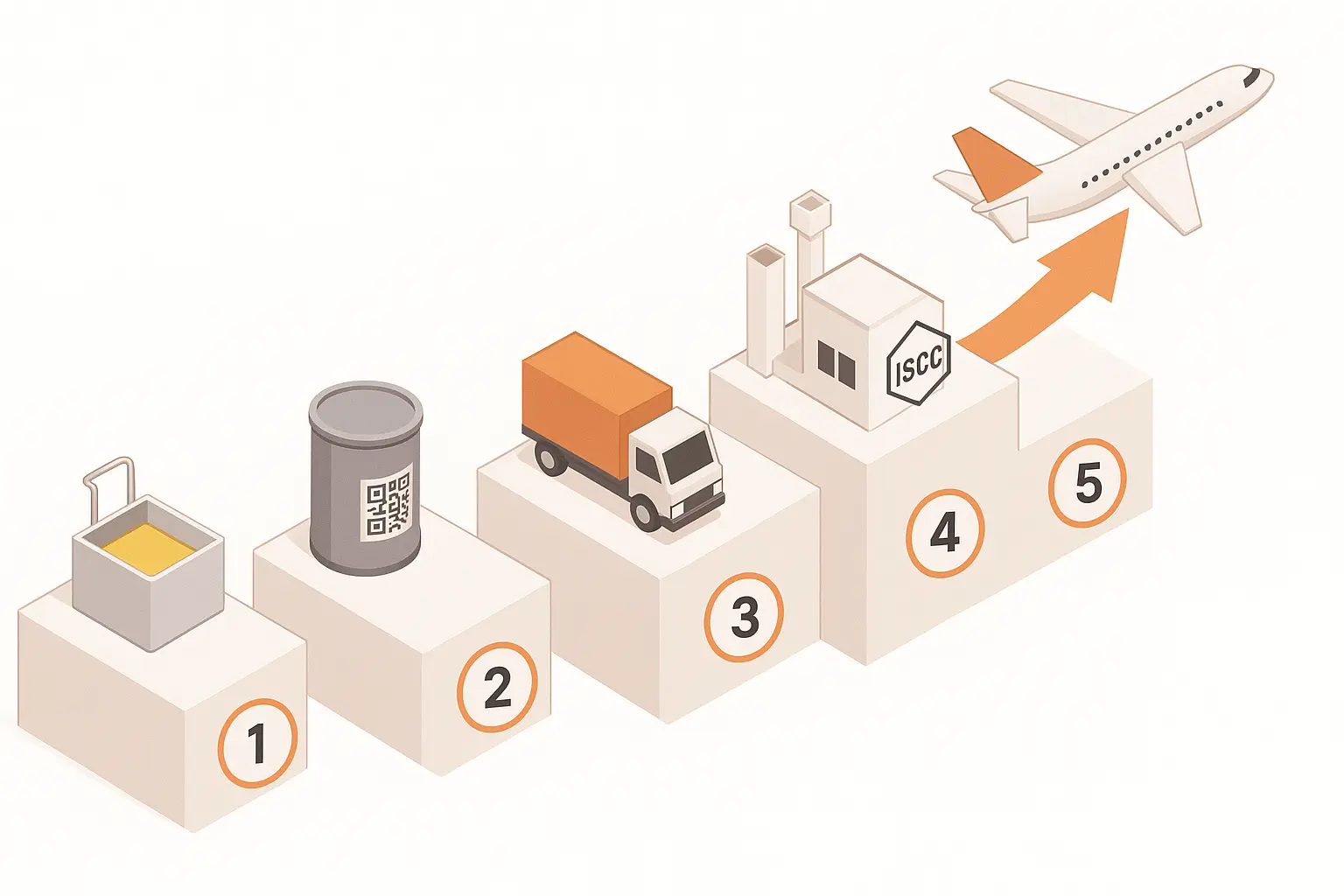
·
Traceable UCO to SAF Chain
Grease Connections explains how sealed containers, GS1 Digital Links, blockchain weight tickets, and ISCC/CORSIA audits stop UCO fraud and unlock SAF premiums.
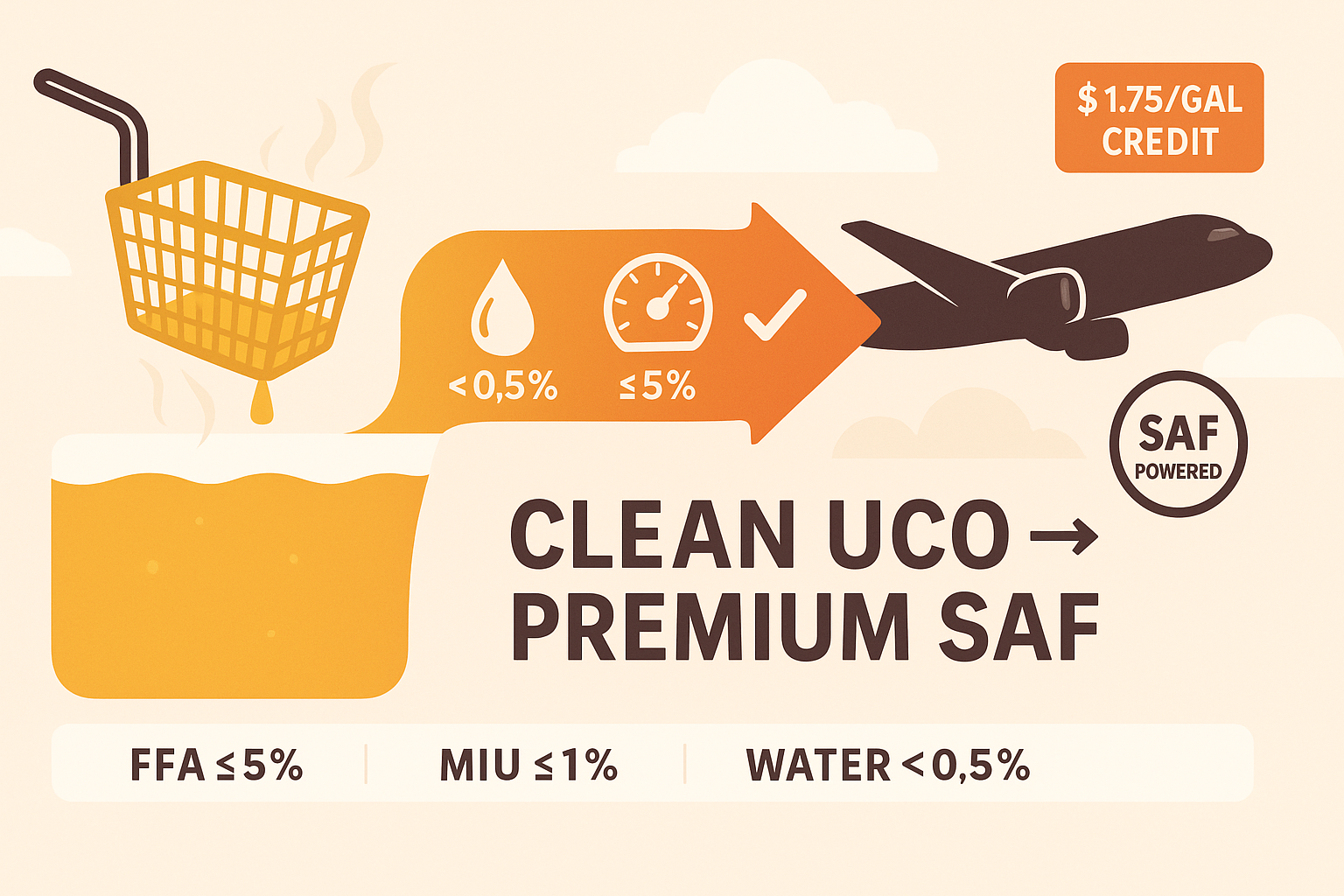
·
Quality Drives Value: Why Clean Used Cooking Oil Powers Top Tier SAF
Clean, dry used cooking oil (FFA ≤ 5 %, MIU ≤ 1 %) delivers higher SAF yield, lower refinery cost, and up to $1.75 / gal 45Z credit. Protect quality with tight lids, quick pickups, and a certified collection company.
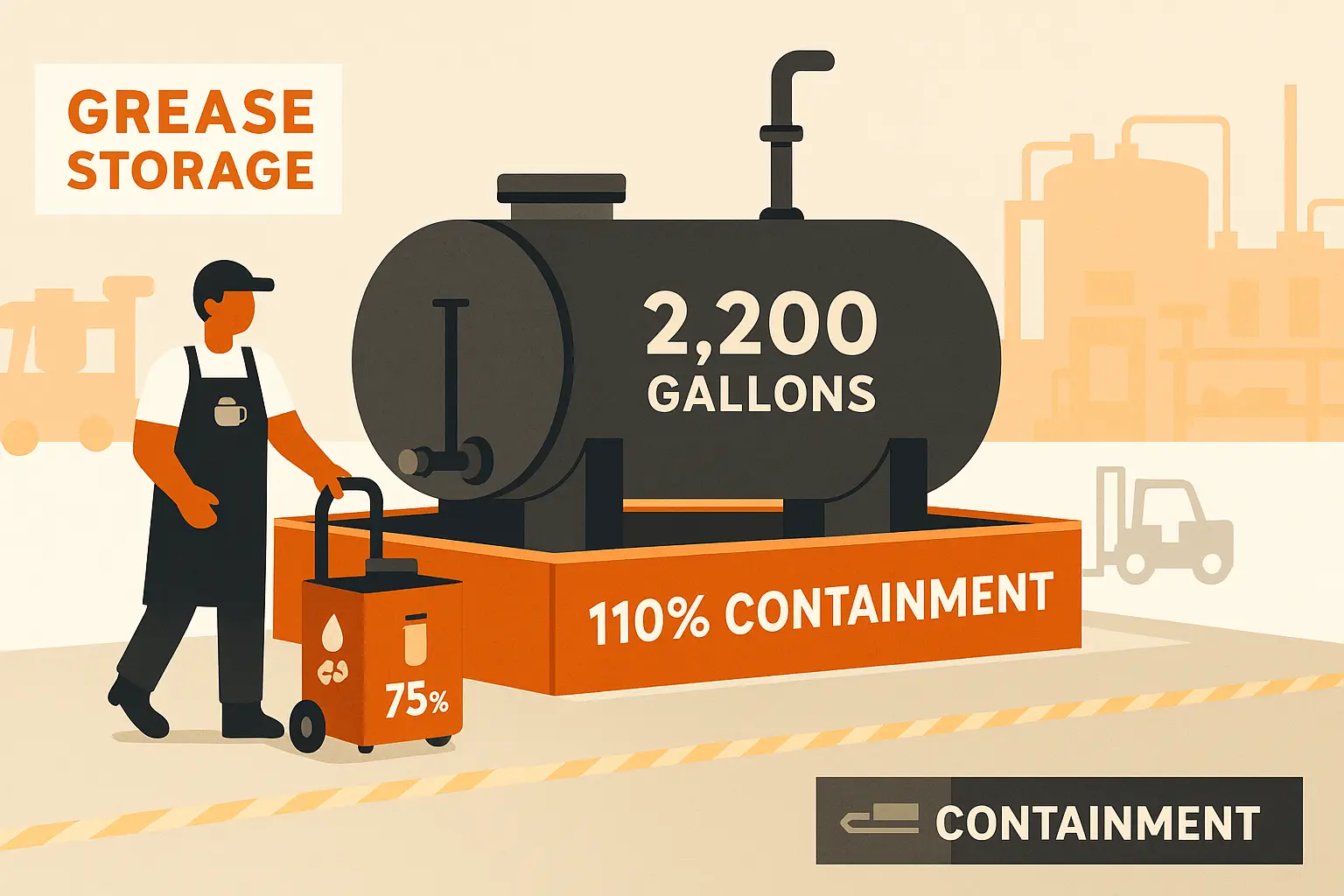
·
Industrial Grease Disposal Atlanta Your High Volume Guide
Large Atlanta facilities can store 500 to 5,000 gallons in double wall tanks, book manifest ready vacuum pickups, comply with Rule 391 3 6 .24, and earn biodiesel revenue.
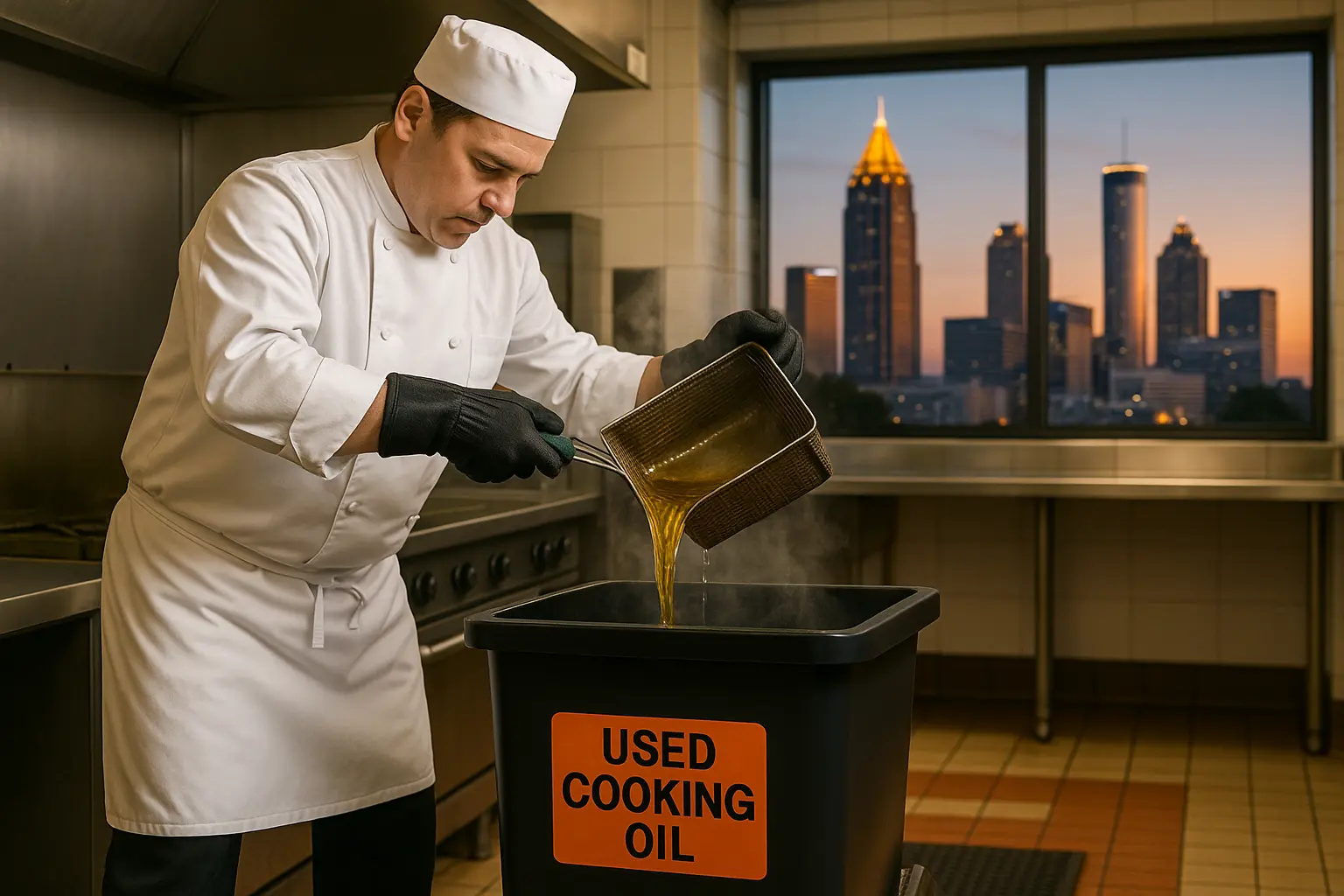
·
Restaurant Grease Recycling Glossary & FAQ | Atlanta GA
Comprehensive glossary and FAQ covering Atlanta’s grease recycling regulations, key terms, compliance requirements, and revenue opportunities. Essential resource for restaurant owners navigating FOG rules and maximizing used oil value.
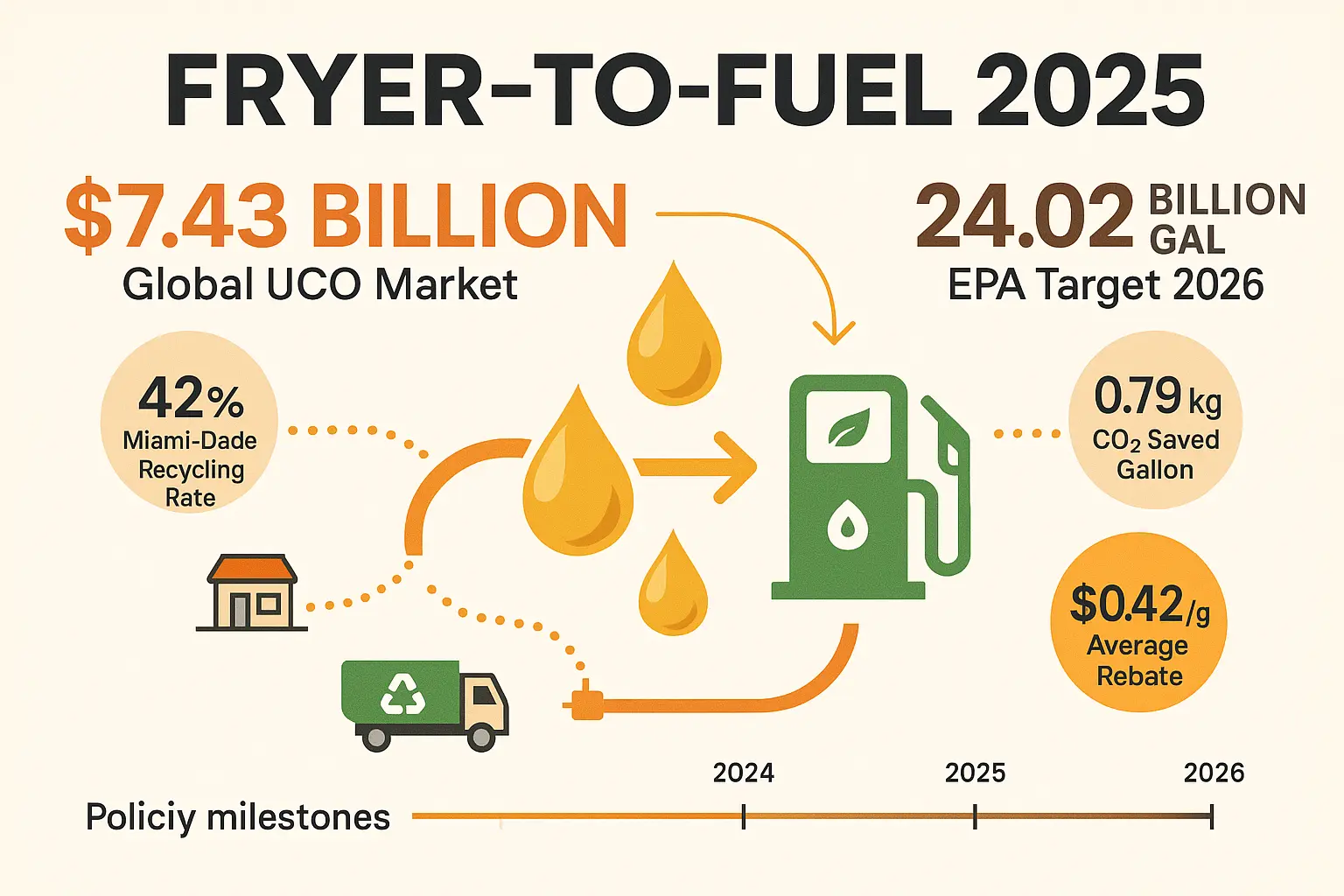
·
2025 Grease Recycling Report & Trends NJ, FL, GA
Comprehensive 2025 analysis of used cooking oil recycling across six key counties. Explore market volumes, rebate rates, environmental impact, and regulatory updates shaping the $7.43 billion global UCO industry.
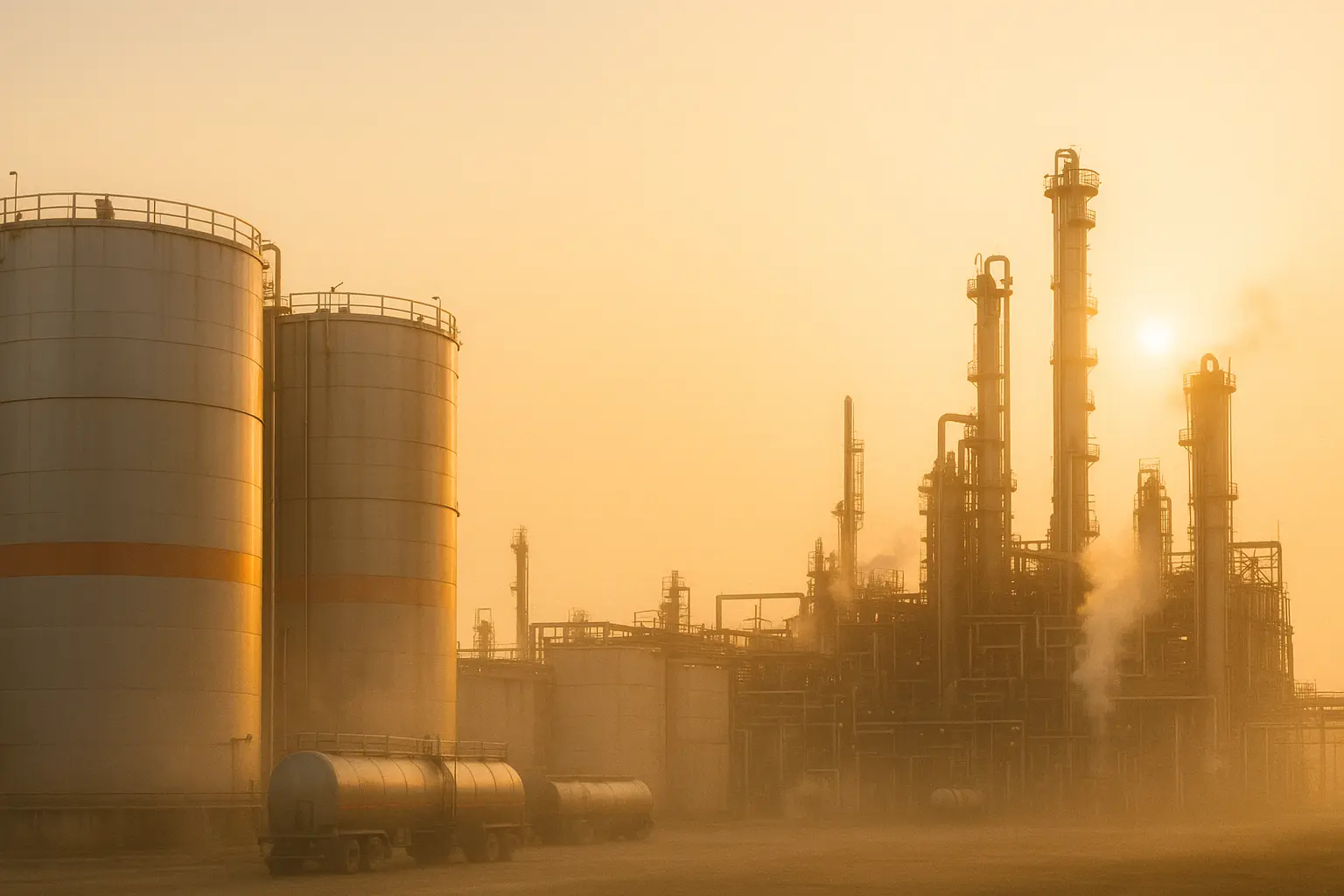
·
Kitchen Carbon Offsets: What §45Z Makes Your Grease Worth
Kitchen grease isn’t trash it’s a federally subsidized carbon asset. Our state by state model shows how §45Z can pay up to $0.70/gal for low CI biodiesel refined from recycled cooking oil.
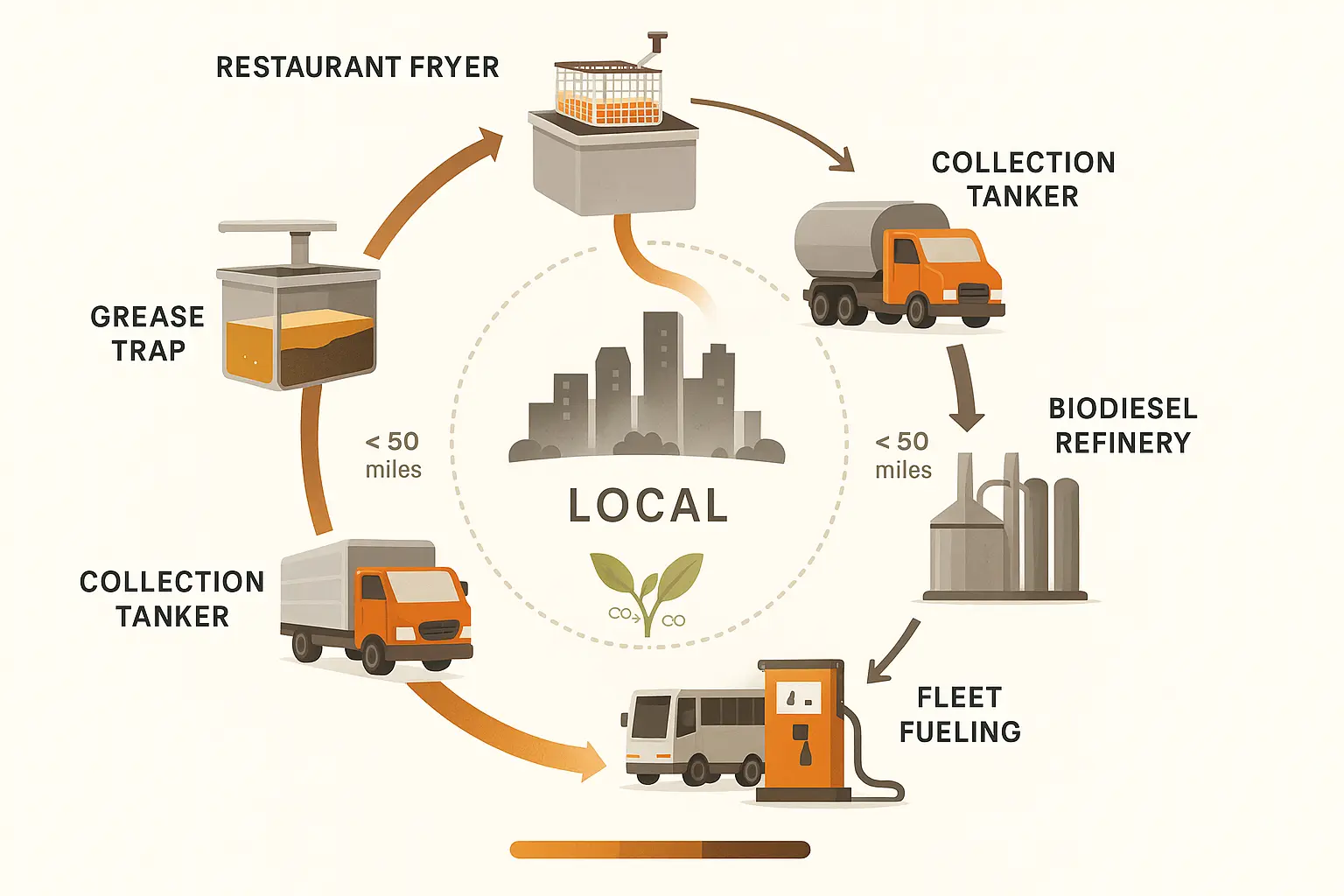
·
Biodiesel Ready? Florida, Georgia & New Jersey Capacity vs. Grease Supply
Florida’s kitchens discard 16 million gallons of fryer oil a year enough to run the state’s 8 MMgy biodiesel plant twice. Our data expose the untapped fuel hiding in plain sight.

·
Why Used Cooking Oil Biodiesel Beats Petroleum Diesel by 86%
After 10 years collecting restaurant oil, I found out UCO biodiesel reduces emissions by 86% compared to petroleum diesel. Here’s how the $11.8 billion market can transform your restaurant’s waste.
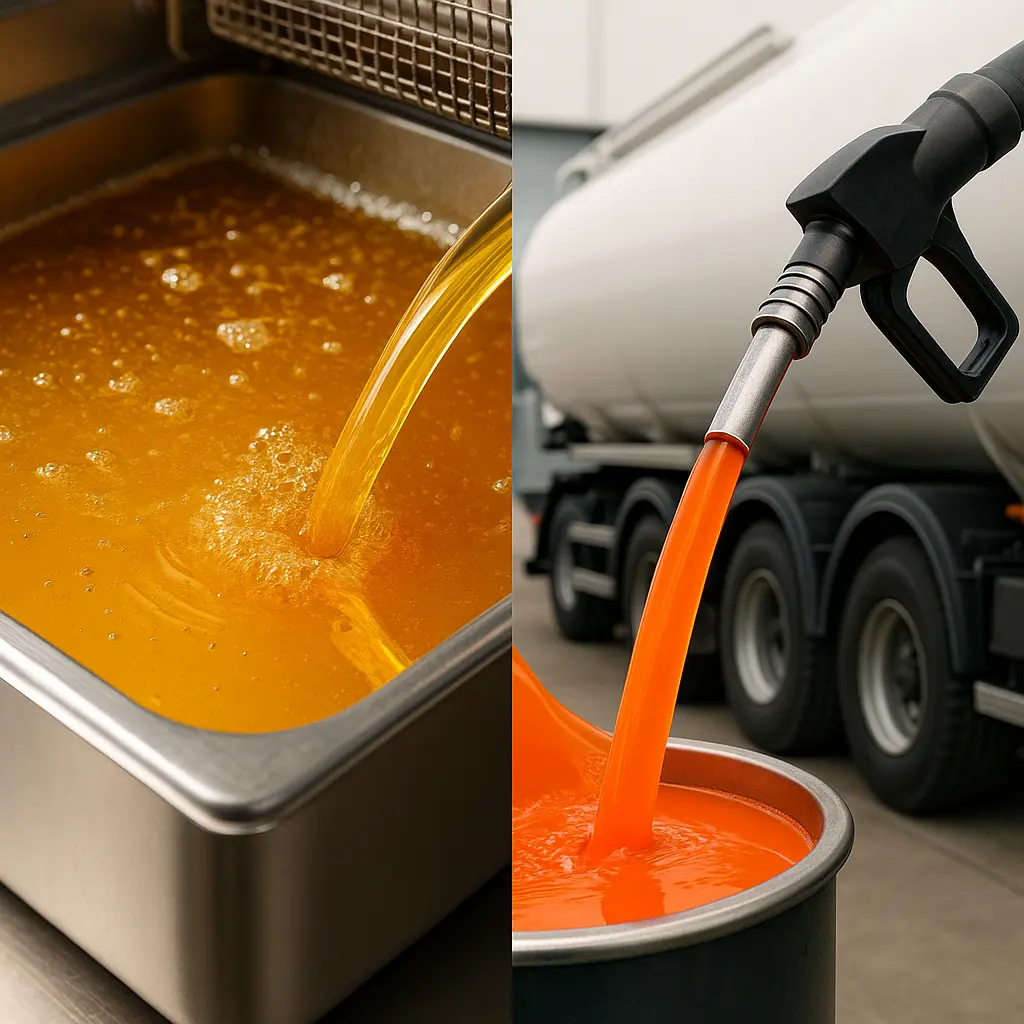
·
How Grease Travels from Fryer to Biodiesel Refinery
Cooking oil recycling follows one clean loop: used cooking oil drains from the fryer into a sealed tank, haulers collect it, the plant filters the oil and runs a quick transesterification step with methanol and catalyst, and the result is low‑carbon biodiesel fuel. That fuel goes straight into trucks in place of petroleum diesel, trimming…
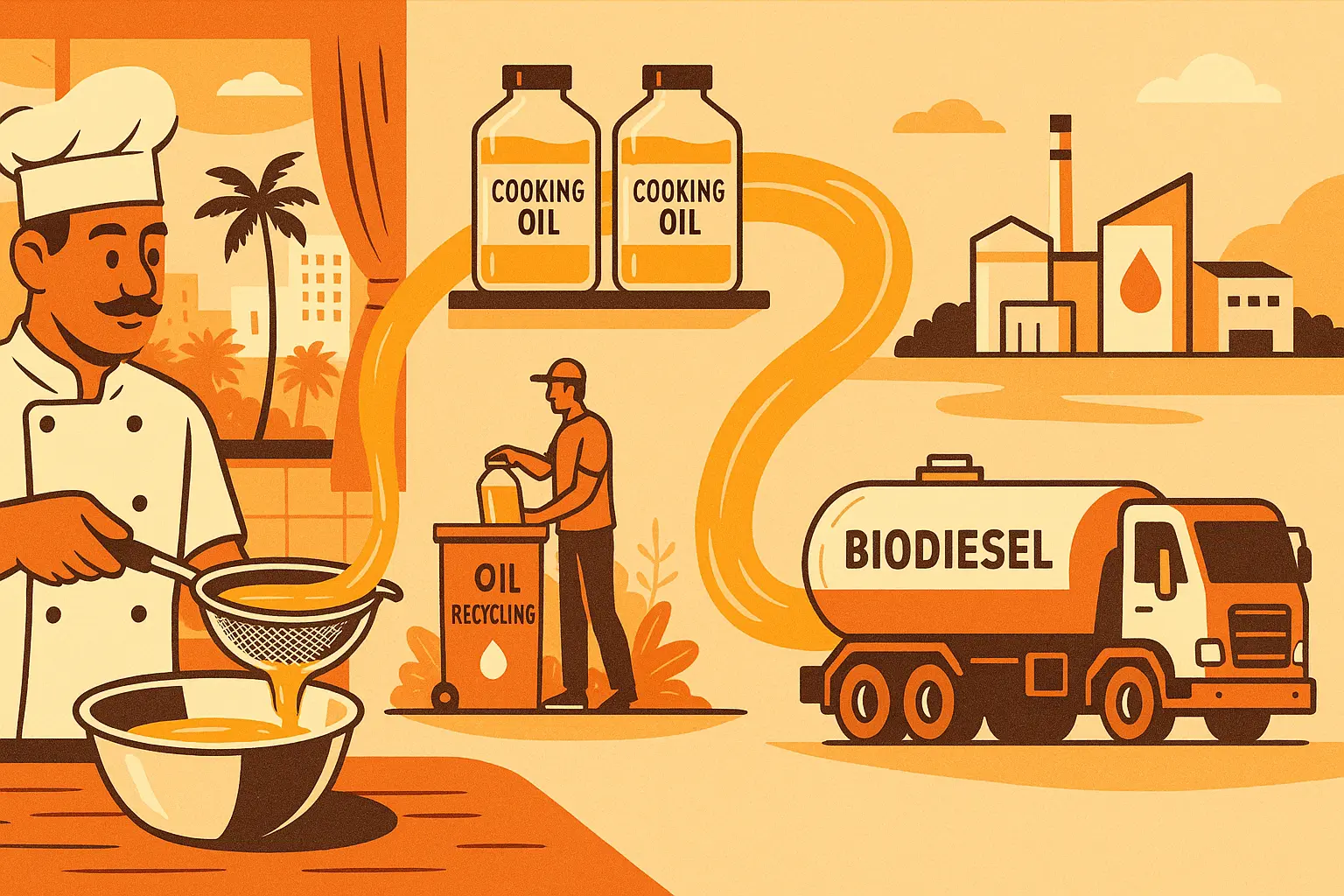
·
What to Do with Leftover Cooking Oil
You finish a Saturday fish-fry, the kitchen smells of lemon and cornmeal, and a pot of bronze-colored oil sits cooling on the stove. What happens next decides whether that fragrant leftover becomes a sewer-clogging villain or a climate-smart hero. A single gallon (≈ 3.8 L) dumped down the drain can taint a million gallons of…
Not Sure If We Cover Your Location? Check Coverage Here →
